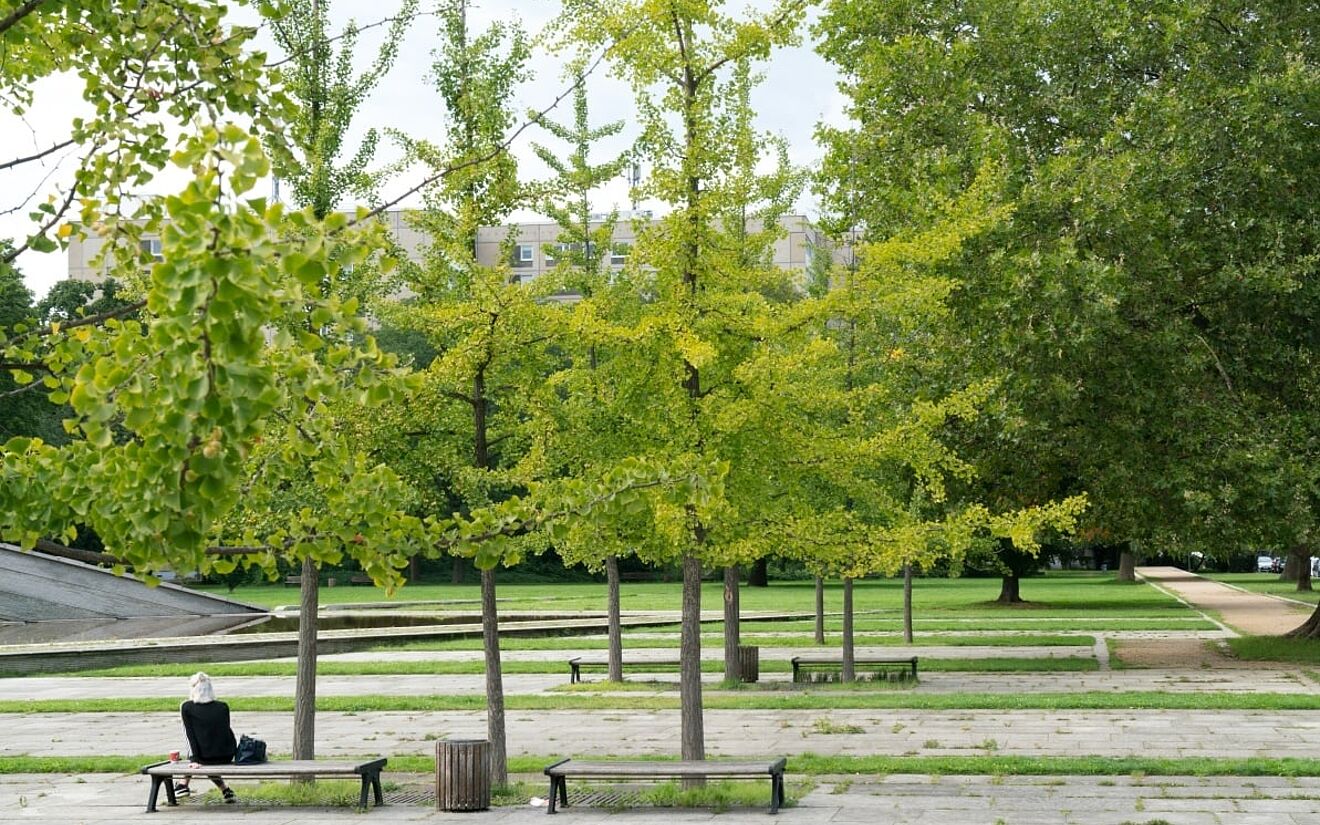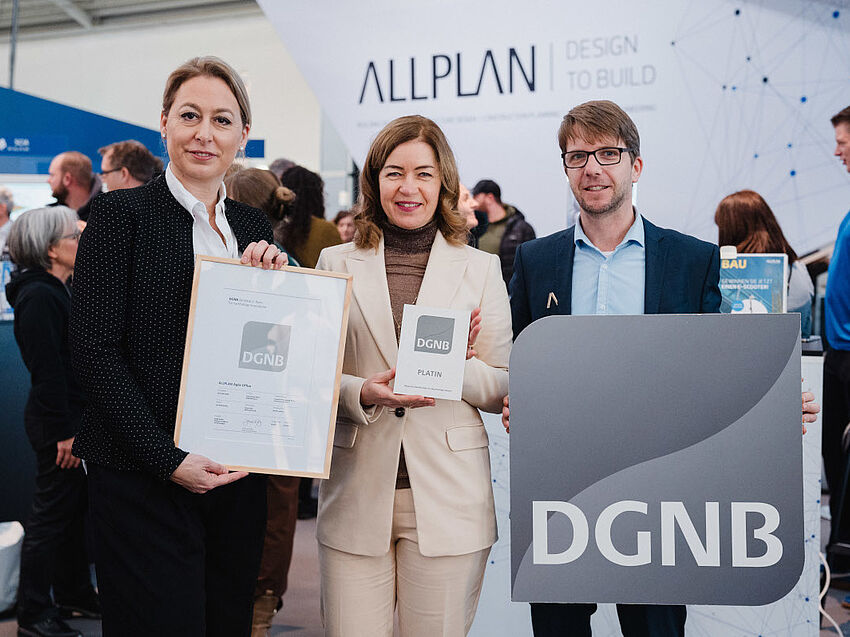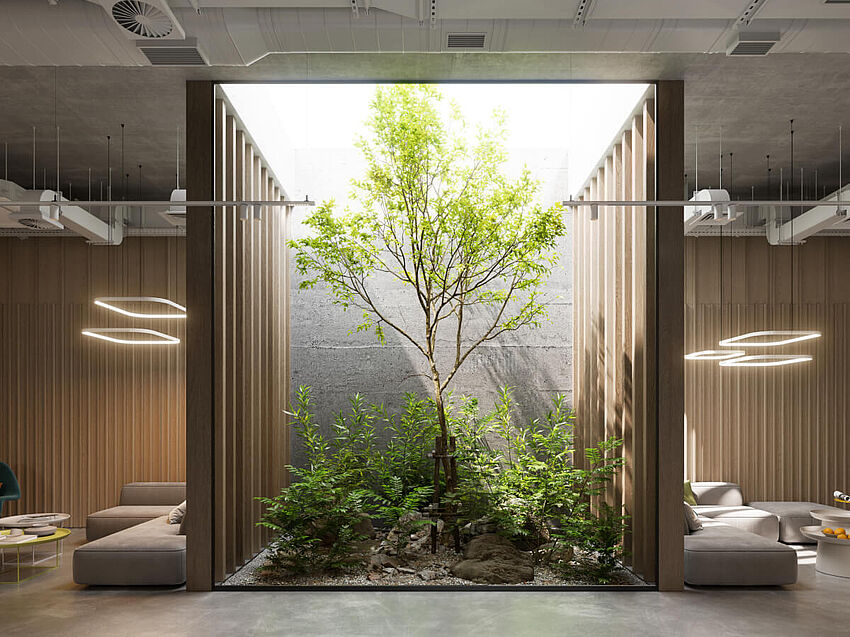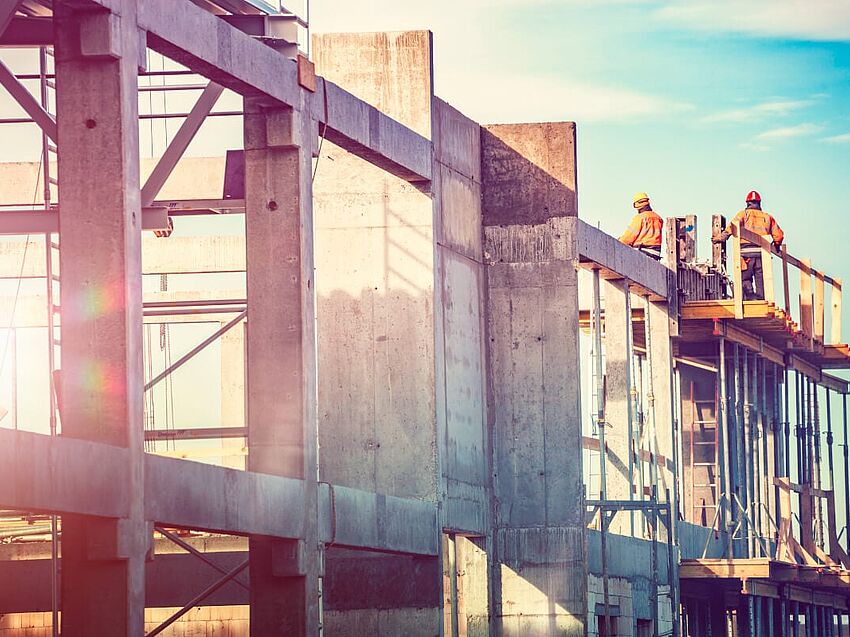Building a Greener Future: How ALLPLAN is Leading the Way in Sustainable Practices
Air pollution is a serious problem that claims more than one million lives worldwide annually. Most of these deaths are due to smog in major cities. However, particular attention is to be paid to the interior air, especially in industrial countries where people spend about 90 percent of their time in buildings. Nitrogen oxides as well as formaldehyde and other volatile organic compounds (VOCs) in furniture, paints, plastics, resins, plasticizers and many other things pose significant health risks. It is difficult to truly keep the air clean with the many sources of pollutants. Fortunately there are also some building materials that take care of this task for us.
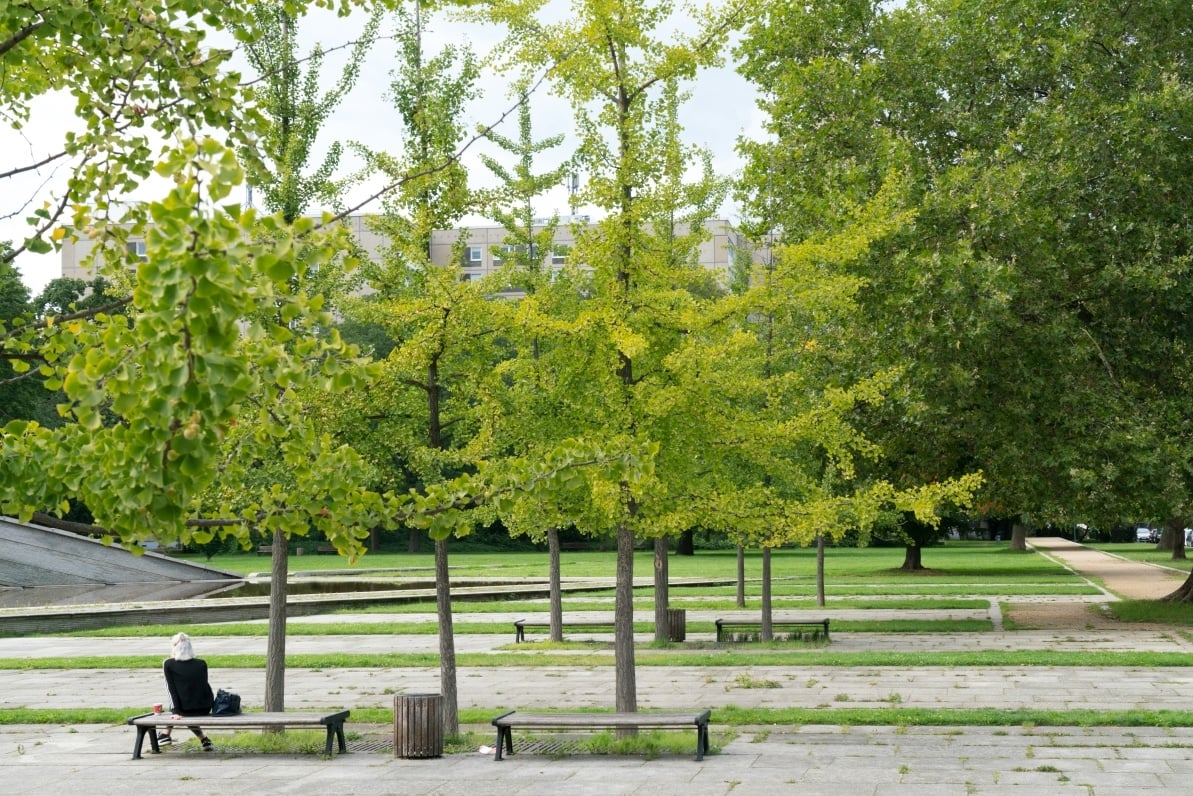
On the trail of sheep: Fermacell gypsum fiberboards
The company Fermacell, headquartered in Duisburg, manufactures special gypsum fiberboards that take after sheep, because hardly any other animal is likely to continuously live in such good air as the cloven-hoofed animal. Not only because they are found in large numbers on North Sea dikes near climatic health resorts, but also because their coat is an excellent filter for pollutants. The main component of the coat, keratin (about 97 percent), permanently binds pollutants like formaldehyde and other VOCs. The gypsum fiberboards are therefore coated at the plant with a material on a keratin basis that so to speak gives them "the power of sheep's wool" to generate clean air.
Natural all-rounder: Lime
Lime plasters have similar air-filtering properties like the gypsum fiberboards with a keratin coating. These also bind VOCs and even nitrogen oxides, which are produced by open ovens or when cooking. But the portfolio of the environmental building material does even more. Lime also has a high alkalinity (pH value > 12), which makes it a disinfectant and also resistant to mold. It also even regulates air humidity. These are properties that the Greeks and Romans used.
The photocatalysts are coming: Photoment®, AirClean® etc.
Far less versatile are the following building materials, because they "only" neutralize nitrogen oxides. However, nitrogen oxides are one of the largest health burdens, because they occur in huge quantities due to the burning of fossil fuels in vehicles and power plants. In order to overcome this problem, people have been using photocatalysts for some years now, which use UV light to convert harmful nitrogen oxide and nitrogen dioxide into water-soluble nitrate, which can be absorbed by plants through rainwater. The catalyst itself does not change so that it remains effective over the entire service life of the building material.
One such solution is the "AirClean®" that has been in use for about ten years. It is a paving stone that has a photocatalytic effect due to the addition of titanium oxide. AirClean® is now also available as a rock granulate, which can be incorporated into fresh asphalt surface layers as spread chippings. However, the new titanium oxide-based star is the 2016 GreenTec Awards winner Photoment®. The fine-grained powder developed by STEAG Power Minerals, which can be mixed with concrete, for example, has the special advantage that it does not necessarily require sunlight for photocatalysis. Artificial light also sets the chemical process into motion here.
Conclusion
In the fall of 2016, the European Court of Justice decreed that national requirements for building products to protect health may no longer be more stringent than European standards. Since then, the "Ü" (for 'compliance' in German) is no longer permissible, which is awarded by the Deutsches Institut für Bautechnik [Center of Competence for Construction]. In its annual report "Focuses 2017", the Federal Environmental Agency warned against the danger of European standards that are too lax. The significance of air-cleaning building material seems all the more important in this light. And that of plants, because nothing is as indispensable for good air quality and so unbeatable when producing clean air.
